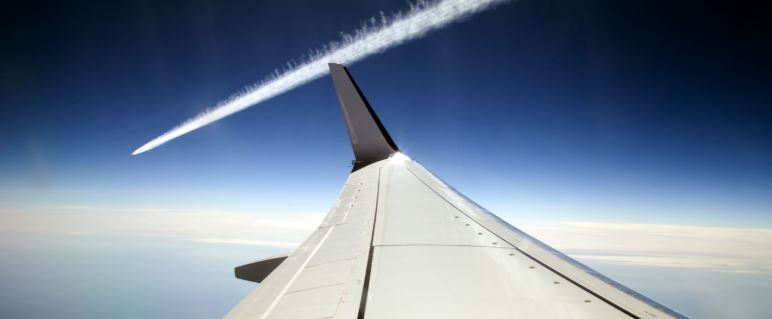Our Road-Map to Net Zero
4 February 2020It’s now 15 years since Sustainable Aviation was set up, a unique coalition across the aviation industry established to work collectively and collaboratively to reduce the impact of our operations on the environment.
Today, Sustainable Aviation has set out a commitment to achieve net zero carbon emissions by 2050. As a founding member of Sustainable Aviation, we fully support this commitment in the fight against climate change and are doing all we can to reduce the emissions from our operations.
The ‘Decarbonisation Road-Map: A Path to Net Zero’ sets out how the industry can cut aviation emissions and achieve net zero, through new aircraft and engine technologies, the use of sustainable aviation fuels and high-quality market-based measures. It also sets out how airspace modernisation and improvements to airline and airport operations can also reduce emissions – an area I was proud to lead on.
The Road-Map concludes that together, air traffic management and operational improvements could equate to a saving of just over 7% of UK aviation CO2 emissions by 2050, against a 2010 baseline. But we know this is only half the answer, particularly for air traffic management.
That’s because the Road‐Map is based on the emissions from all UK departing international flights and all domestic flights, which is the method agreed by the UN Framework Convention on Climate Change (UNFCCC). This convention for carbon accounting is importantly set to avoid double counting and deal with the issue of how you attribute the responsibility for emissions to nation states, especially when aircraft are regularly crossing borders.
As a result, the Road-Map does not include emissions from flights arriving into the UK, or the flights that overfly UK and oceanic airspace. And for departures, the emissions for the entire journey are accounted for in UK aviation emissions totals, even if our ability to improve efficiency is limited to the short time the aircraft is in our airspace.
This made the assessment quite different from how we usually conduct environmental impact assessments. Our own figures look at the emissions from departures, arrivals and overflights within the airspace over which we have control. For the Road-Map this meant having to re-look at more than 400+ assessments of past change to ensure we were comparing data to the correct scope.
For future projects, we have the same challenge. For example, we’ve previously said that modernising our airspace in the south east of England has the potential to reduce CO2 emissions by up to 20%, with further benefits from other concepts and technologies. Setting these emissions benefits against the UNFCCC scope means looking at the same benefits through at entirely different lens; both have merit but they answer different questions.
Changing how we manage arrivals can provide significant emissions savings – for example reducing the use of stacks, more direct routes and continuous descent approaches. And we are working closely with our counterparts across Europe to reduce emissions further. We recently implemented extended arrivals management at Gatwick Airport, working with ANSPs from across Europe to slow aircraft in the cruise, where they are more efficient, rather than at lower levels close to airports.
Over the coming months, as we develop the airspace of the future we’ll be looking at what that means for CO2 emissions in even more detail. We’re committed to playing our part on the industry’s path to net zero and doing what we can to deliver that as soon as possible.
Comments
Please respect our commenting policy and guidelines when posting on this website.

